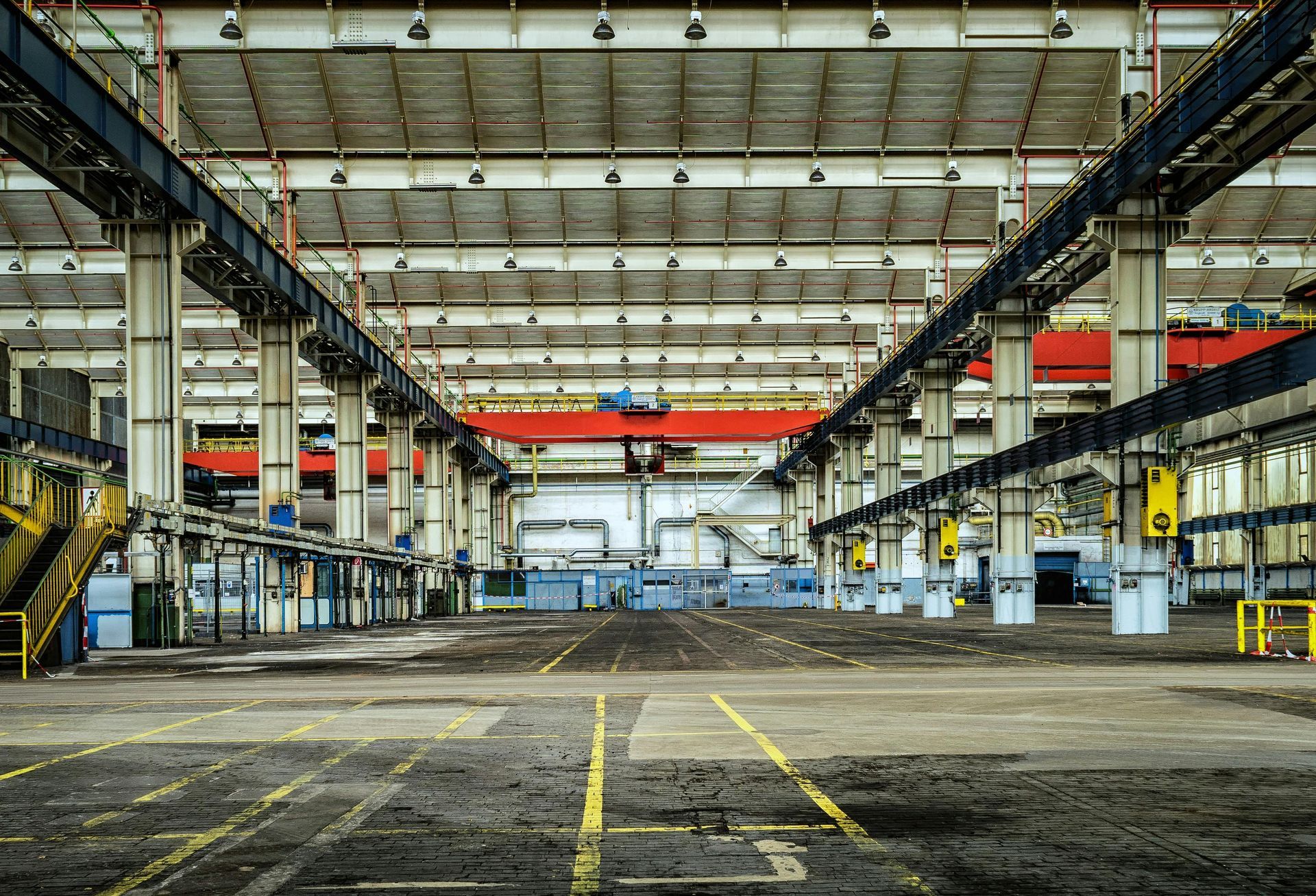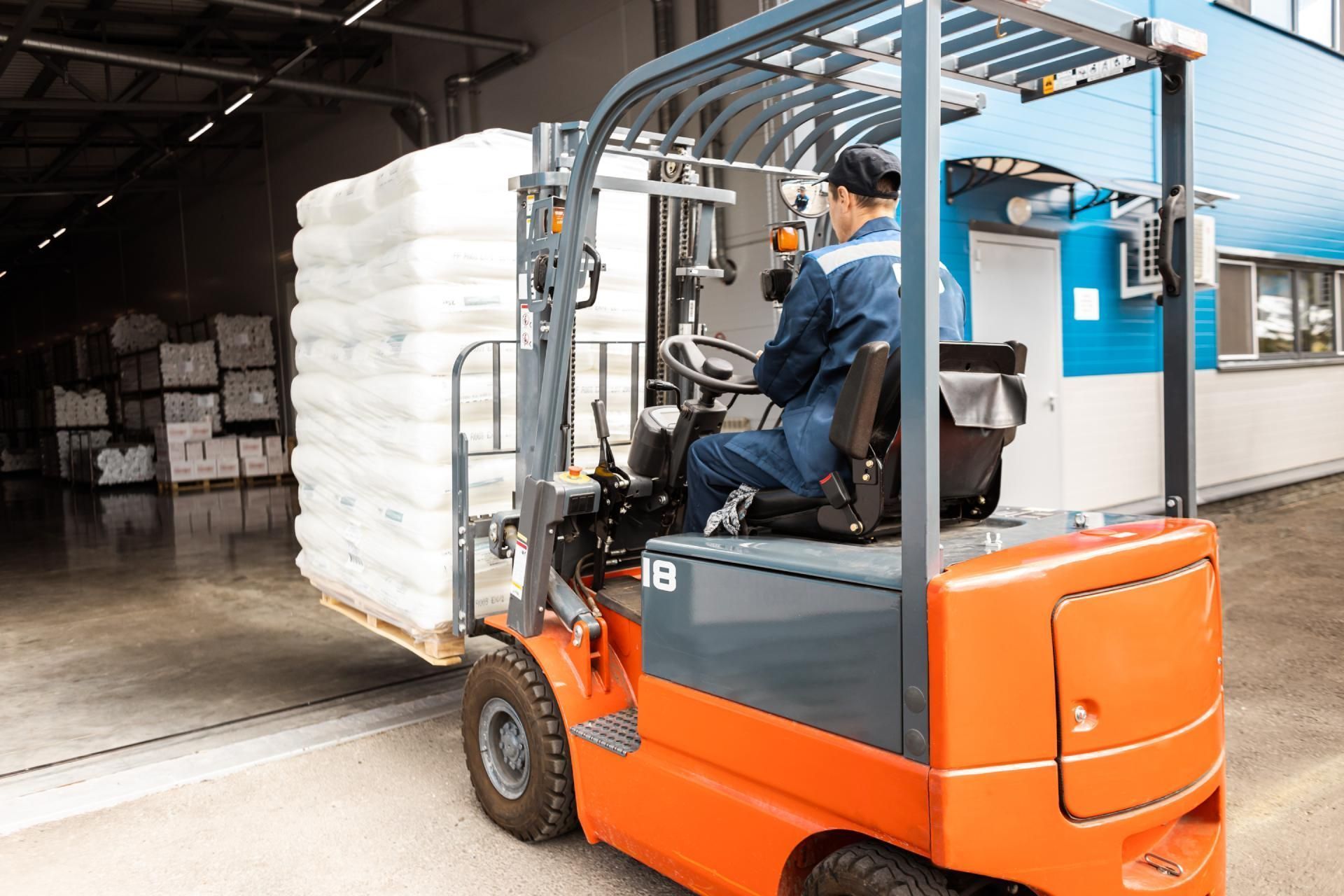Choose Docks and Doors that Fit Your Warehouse Needs
Choose Docks and Doors that Fit Your Warehouse Needs
Choose Docks and Doors that Fit Your Warehouse Needs. Designing and building a warehouse means accounting for every practical function your workforce will undertake. You’ll need to think in terms of maximum space efficiency because that has a direct link to profitability. The type of loading docks and doors will need to mesh with the type of shipping and delivery vehicles you expect. You may also find a few customers with non-commercial vehicles that are important to your bottom line. That’s why it’s important to work with a professional loading dock contractor. At Benco Industrial Equipment, our professionals are available to discuss a loading dock system and doors that make sense for your warehouse and business.
Loading Dock Choices
Making a decision about loading docks should be driven by the type of trucks and products shipped and received. For instance, if you’re designing a liquor warehouse, you can expect most delivers from tractor trailers and most shipping to be done by box trucks. For that type of operation, a flush dock with a 4-inch bumper can handle the bumps and bruises from frequent contact. A flush dock is a direct-load setup with a small gap of a foot or so between the warehouse and truck doors.
If the operation handles more delicate goods such as paper products or produce, you may want to consider an enclosed dock. Enclosed docks generally use a loading platform with an extended roof that protects the vehicle and goods from the elements when unloading and loading. A similar type is the open dock that has an overhang protecting only the loading platform.
Other factors to consider when creating your loading dock system is maneuverability. If you have a large open yard, then a straight-line dock shouldn’t be an issue. Complexes with limited outdoor space sometimes use a saw tooth dock system. Sawtooths have trucks back in at an angle. It looks a bit tight and awkward, but you can arrange it in a way that drivers can exit with a more direct route to the roadway. On the other hand, they are a less efficient use of overall dock space.
Another thing to keep in mind is that you may want to designate a single dock for small vans that can be hand loaded while standing on the ground. You will come across those non-commercial vehicles from time to time.
Warehouse Door Basics
There are many different styles of doors that are made to meet a variety of warehouses. Perhaps the simplest question to start with is, powered or manual?
- Manual: These are generally sectional doors that glide up on rails and workers can raise and lower them with a handle or attached rope. The benefits are that they are less expensive and require less maintenance than powered doors. The drawback is the bending, lifting and closing. Back injuries can occur from this type of awkward lifting.
- Powered Doors: Powered doors can be sectionals or those that roll up at the top. They usually have a mounted panel with red and green buttons. The benefits are the ease and lack of physical exertion. The drawbacks are that these models are more expensive and will require routine service.
A key factor to consider is how often will those doors be opening and closing. If you expect high traffic or periods of rigorous use, powered may be the way to go.
At Benco Industrial Equipment, we take great pride in working with people to create and maintain an effective, efficient loading dock systems and warehouses. As a dock and door dealer, we can also help you with installation and service to keep your warehouse operating smoothly.
The post Choose Docks and Doors that Fit Your Warehouse Needs appeared first on Benco Industrial Equipment.




